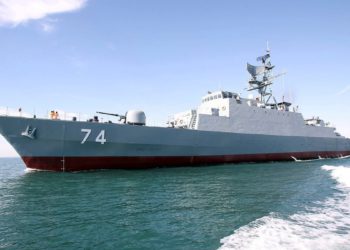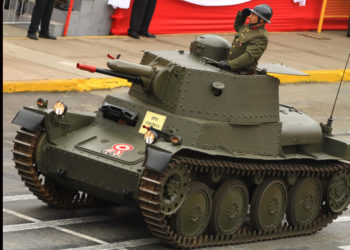The Ogaden War: When Two “Socialist” Countries Clashed During the Cold War
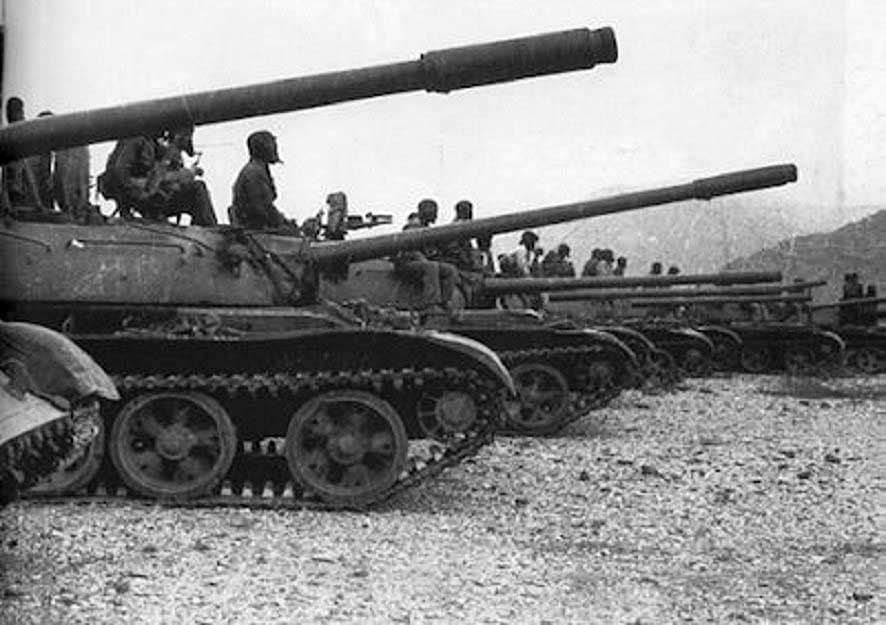
To say Africa was in a mess during the Cold War would have been correct. With decolonization taking place in the 1950s and 60s, many of these new governments soon found themselves becoming unwilling pawns during the Cold War. As a result, a number of African countries soon found themselves flying “Socialist/Communist” banners and being very friendly with the Soviet Union.
Pro-Soviet Regimes: Somalia and Ethiopia
Two of these countries were Somalia and Ethiopia, both of which had suffered coups that saw the rise of Pro-Soviet regimes. In 1969, General Siad Barre came to power in Somalia after a military coup. Then, five years later, “The Derg” took power in Ethiopia and became very close to Moscow. The Horn of Africa was now ruled by two Socialist states, and the USSR and its allies could not be more pleased. But there was still an issue.
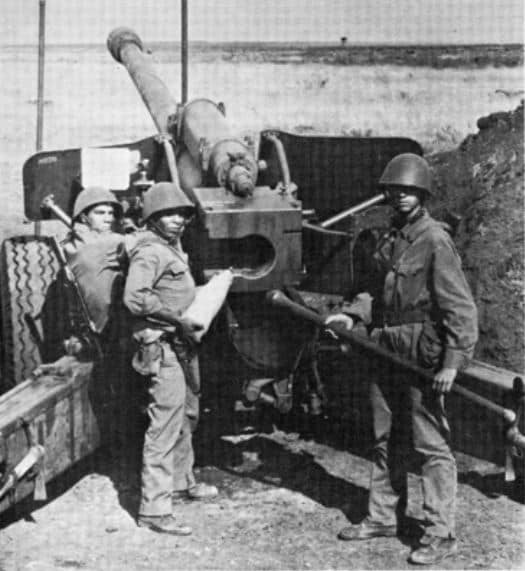
Now, although both countries were allied with Moscow, both Ethiopia and Somalia were not exactly in a good place. The Derg soon found themselves fighting among each other, which would lead to a 20-year-long Civil War. But chaos in Ethiopia was seen as an opportunity by Somalia, specifically Siad Barre, who saw his neighbor’s issues as a means to annex a region of Ethiopia known as “The Ogaden.”
Invasion of Ogaden
Despite being a part of Ethiopia, the Ogaden had a large ethnic Somali population. Not to mention, there was already a growing anti-Ethiopian movement within the region, the WSLA (Western Somali Liberation Front). Barre saw an opportunity to create a “Greater Somalia” if he were able to take these lands, and on July 13th, 1977, Somalia invaded Ethiopia. Thus, two Soviet-backed states went to war, which shocked and disgusted the USSR and surprisingly, Cuba.
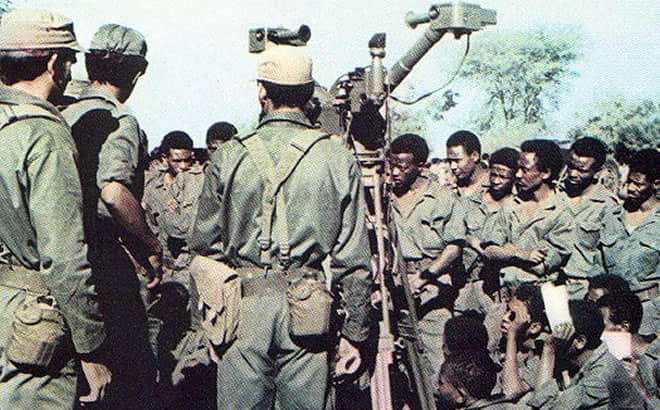
The Soviet government was none too pleased with Somalia’s invasion and soon began to back The Derg with massive supplies of weapons and Soviet advisors. Fidel Castro, who was also disgusted by the invasion, deployed thousands of Cuban troops as well on the side of Ethiopia. East Germany provided training for Ethiopian troops and surprisingly, Israel also provided weapons to Ethiopia, even though they did not have any official diplomatic relations.
International Support and Downfall
By comparison, Somalia officially got support from both Romania and China. Though their support was akin to “hopes and prayers” when compared to what Ethiopia was getting. Still, at the beginning of the conflict, Somalia was able to make huge gains on the ground and gain air superiority with their MiG-21s. But as the war progressed and Barre soon found himself being isolated on the international stage, Ethiopian troops with their Cuban allies and Soviet support were able to push back and retake all occupied territories.

Eventually, the war came to an end in March of 1978, more than eight months after hostilities began. Thousands of soldiers on both sides were dead, many more were wounded, and it is believed that up to 25,000 civilians died during the conflict. But the worst was yet to come.
Aftermath and Long-lasting Effects
The war itself devastated Somalia and weakened Barre’s regime. With no more support of any kind coming from the USSR and Somalia now having to deal with a sudden influx of refugees (500,000+) from the Ogaden, the country was absolutely destroyed. Eventually, Civil War broke out, and to this day, Somalia is suffering the effects of the conflict almost 50 years later.
This is just a watered-down summary of the war, as there were a lot of factors that led to both the war and the collapse of Somalia. But the fact that two communist countries went to war and the USSR had to take a side is still an interesting event during the Cold War.
~NC





